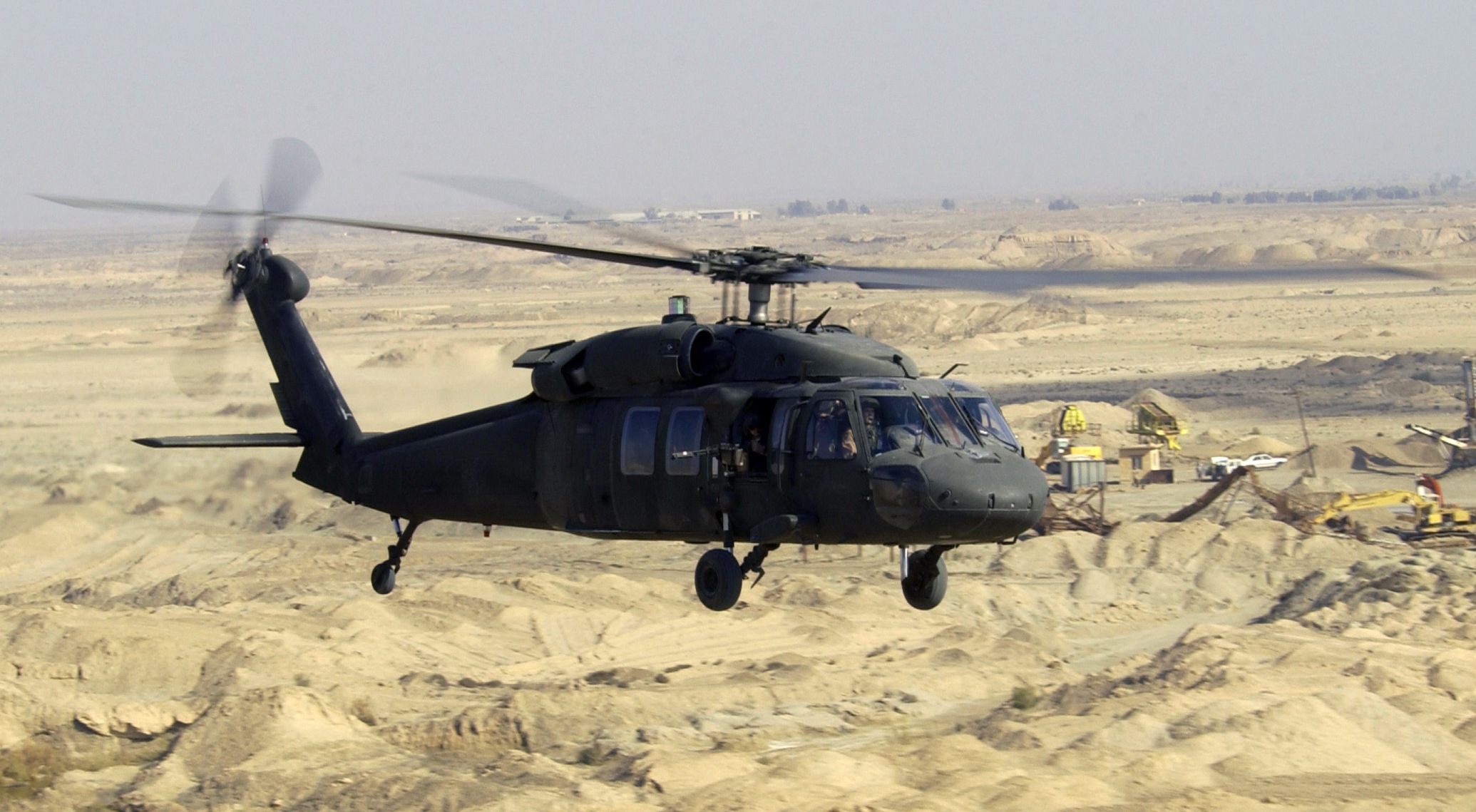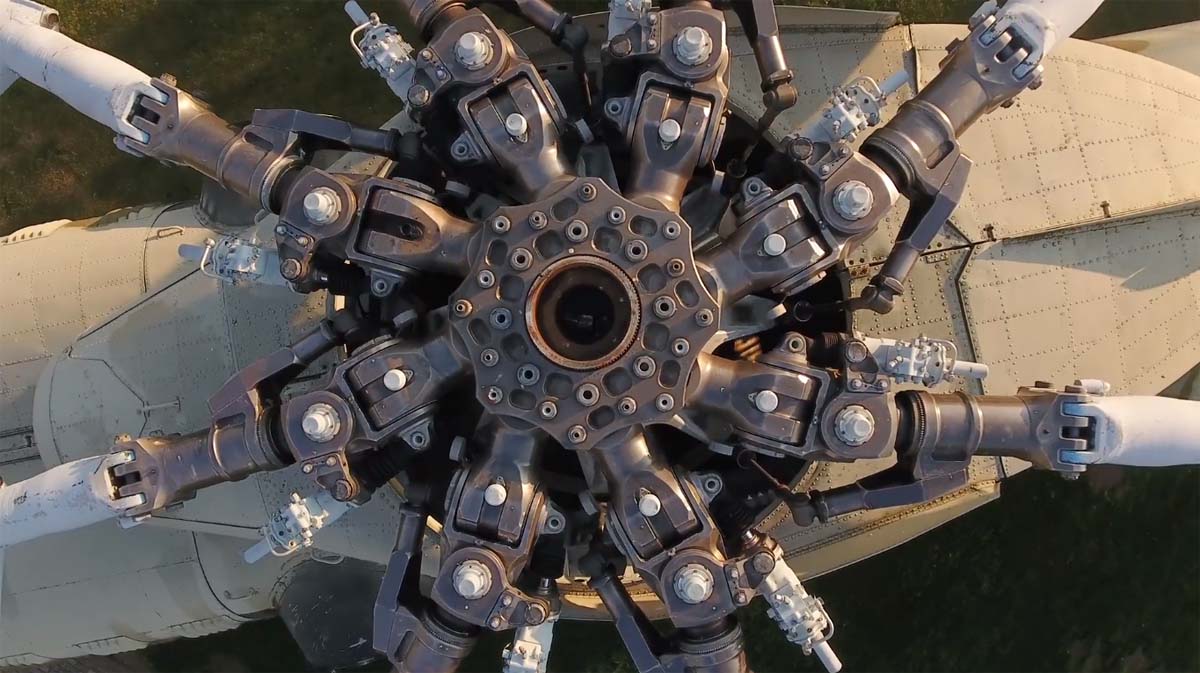Discover the Advanced Features and Capabilities of the Uh60 Helicopter Design
The UH-60 helicopter, equipped with powerful General Electric T700 turboshaft engines, showcases exceptional flexibility throughout varied goals, from tactical maneuvers to catastrophe response. This mix of power, precision, and defense positions the UH-60 as a critical property, inviting further exploration of its tactical applications.
Overview of the UH-60's Engine Performance and Power Capacities

The helicopter's lift capabilities are just as impressive, with an optimum takeoff weight of 9,979 kilograms. Additionally, the UH-60 can reach altitudes up to 19,000 feet, enhancing its performance in high-altitude procedures.
Avionics and Navigating Systems in the UH-60
While the UH-60 Black Hawk's engine capacities are critical, its innovative avionics and navigation systems are similarly vital for mission success. The UH-60 is equipped with an advanced Integrated Avionics System (IAS) that combines flight and objective data to improve pilot situational recognition.
The cabin of the UH-60 is designed with a multifunctional display system that incorporates aircraft diagnostics, climate details, and terrain information, adding to much safer trip operations. These avionics are critical in complex missions, allowing pilots to preserve control and efficiency in diverse conditions (uh60). The Electronic Warfare Systems (EWS) offer protective capabilities, making certain the helicopter can run also in disputed airspace, thus highlighting the sophisticated technical assimilation of the UH-60
Role of the UH-60 in Tactical Operations and Humanitarian Missions
The UH-60 Black Hawk not just succeeds with its sophisticated avionics and navigating capabilities but also plays an essential role in both tactical military procedures and altruistic missions. In fight scenarios, the UH-60 offers as a flexible property capable of troop transport, medevac, and cargo lift procedures. The UH-60's dual-use capability not only highlights its functional adaptability but also its considerable influence on both army and private help efforts.
Security Attributes and Survivability Enhancements of the UH-60
Precaution and improvements in the UH-60 Black Hawk are critical, guaranteeing high survivability prices throughout goals under difficult conditions. uh60. The helicopter integrates advanced shield plating, ballistic-resistant seats, and crashworthy systems developed to safeguard team and travelers. Its sturdy airframe is crafted to stand up to tiny arms fire and influences from ground dangers, while a robust fuel system includes self-sealing containers to lessen the danger of fire

Additionally, the UH-60 employs repetitive systems and security functions, including dual-engines and a supporting power device, which offer backup look at this web-site power and improve the possibility of mission connection and secure return, even if one system next stops working.
Flexibility of the UH-60 in Numerous Ecological Problems
Made to operate throughout a varied series of settings, the UH-60 Black Hawk shows extraordinary adaptability under differing climatic conditions. This helicopter prospers in severe heat, such as desert operations, where its robust engines counteract the thinner warm air, preserving optimum performance. In cold climates, features like de-icing systems and engine heaters guarantee reliability amidst ice and snow, protecting missions in arctic problems. The UH-60's airframe is engineered to withstand high humidity and saltwater exposure, making it a perfect choice for maritime missions, including search and rescue over open waters.

Furthermore, the helicopter's advanced avionics collection adapts seamlessly to various environmental obstacles, offering pilots with essential trip information and navigation aid regardless of exterior components. This versatility is further enhanced by its ability to handle high-altitude terrains, where minimized oxygen levels may otherwise jeopardize airplane functionality. These features collectively allow the UH-60 to run successfully across the most demanding landscapes and climate situations.
Conclusion
The UH-60 helicopter arises as a robust and versatile airplane, proficient in both military and altruistic duties thanks to its effective General Electric T700 engines and advanced avionics. uh60. Its capacity for adaptation to click this link diverse environmental problems, paired with significant security and survivability improvements, underscores its crucial duty in modern-day operations. Whether for tactical deployments or disaster alleviation, the UH-60 remains indispensable, showing its enduring relevance and reliability in difficult situations
Comments on “The UH60 Black Hawk is designed for resilience in tough environments.”